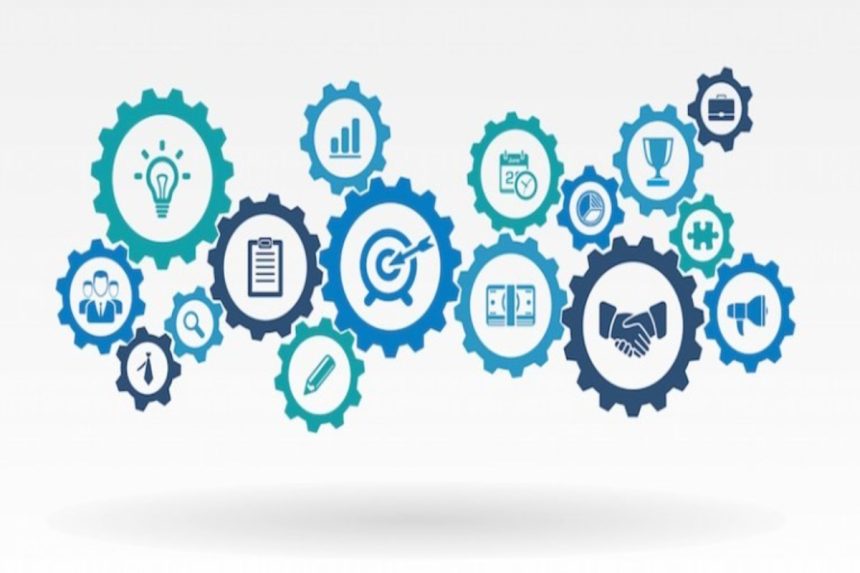An ITGC framework is an important part of company operations and financial data security. They lay the groundwork for business processes that rely on data, reporting, automated controls, and other system capabilities. Access controls, change management, and operational controls all contribute to the security, integrity, and dependability of financial data. General IT Controls are becoming increasingly important and relevant to key stakeholders such as founders, customers, authorities, independent auditors, managers, and accountants. There are 5 things companies should consider when it comes to ITGC:
1. Controls of Third-Party Sources
Companies are growing increasingly reliant on software as a service or third-party administrators to offer mission-essential services for their businesses. Consequently, choosing great third-party providers is crucial. Choosing a subpar partner may be costly to a business.
Organizations should create procedures and controls before enlisting the aid of third-party service providers and businesses should access whether the providers are competent, secure, and equipped to satisfy the client’s demands. While financial data is nothing new, the sophistication of financial reporting, marketing strategies, and the technology that supports them is new.
2. Controls for Storage and Restoration
Proper database segmentation, as well as proper backup and recovery policies, help to mitigate potential issues, allowing businesses to quickly resume regular operations. Companies should always be sure to examine their backup settings and disaster recovery strategies to verify that mission-critical data, applications, and systems are available from other locations.
Additionally, companies should create a thorough Business Continuity Plan and test it on a regular basis to ensure that adequate resources and employees are available to assist in the restoration of services, if/when needed, minimizing service downtimes.
3. Controls for Data Protection
Cybersecurity is essential and must be wide-ranging throughout the company, including financial data. Companies should do a yearly information audit to ensure the essential data, applications, and systems remain in the system so that suitable controls can be established and implemented to safeguard those critical areas from unauthorized access or modification.
4. Controls for Adaptation Development
Controls that deal with applying changes to an entity’s IT environment are known as change management controls. Since all modifications to a company’s systems have the potential of introducing system vulnerabilities, there must be adequate oversight, evaluation, testing, and approvals prior to the implementation in company’s production environment. Otherwise, it could cause issues when it comes to management making critical decisions.
5. Controls for IT Management
The framework of how a firm maintains its IT systems are addressed by IT controls. The IT controls should name the person or group in charge of IT management. This group defines the IT roadmap and makes suggestions on where the company should invest in technology. They also do yearly risk assessments and adopt best practices for the company.
Last Note
Effective operational controls, adherence to rules and regulations, and financial reporting are all essential components of a well-managed business. Internal control is critical to the dependability of the business processes that companies employ to manage their businesses.
It is no surprise that technology is becoming increasingly crucial, given the emphasis on automated controls such as computations, access restrictions, segregation of responsibilities, and input. Consequently, ITGC frameworks are required for companies who desire to have a solid operation of their automated controls.

